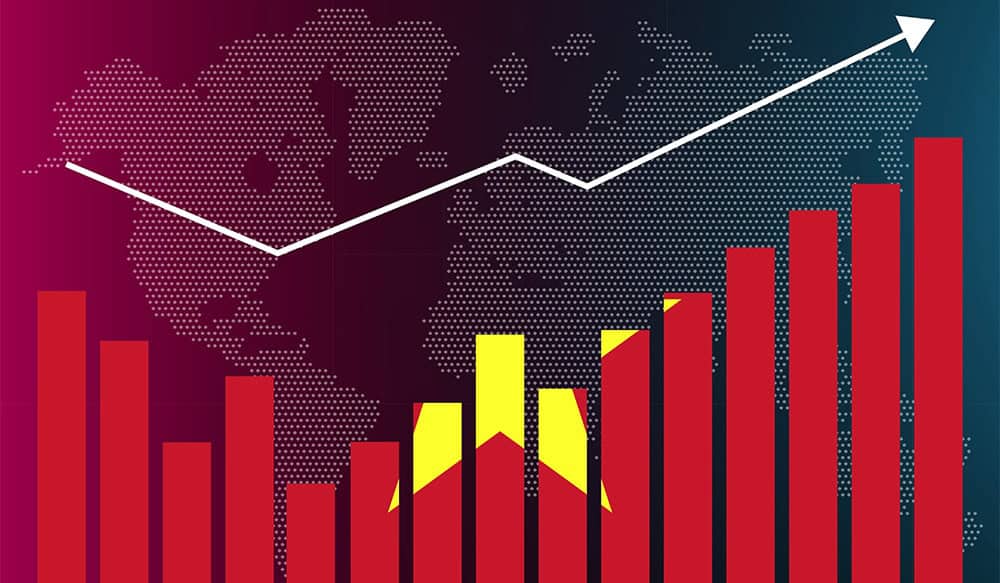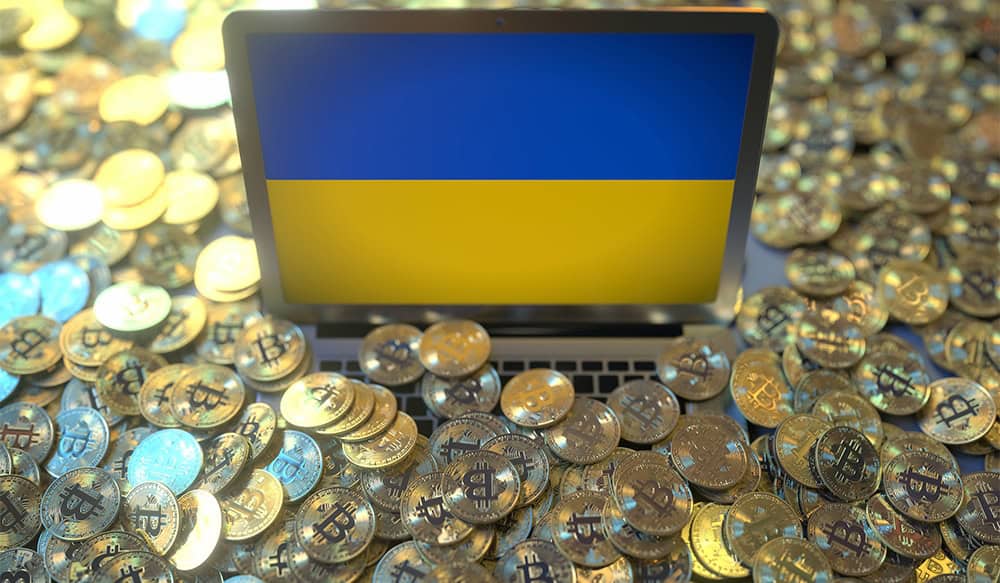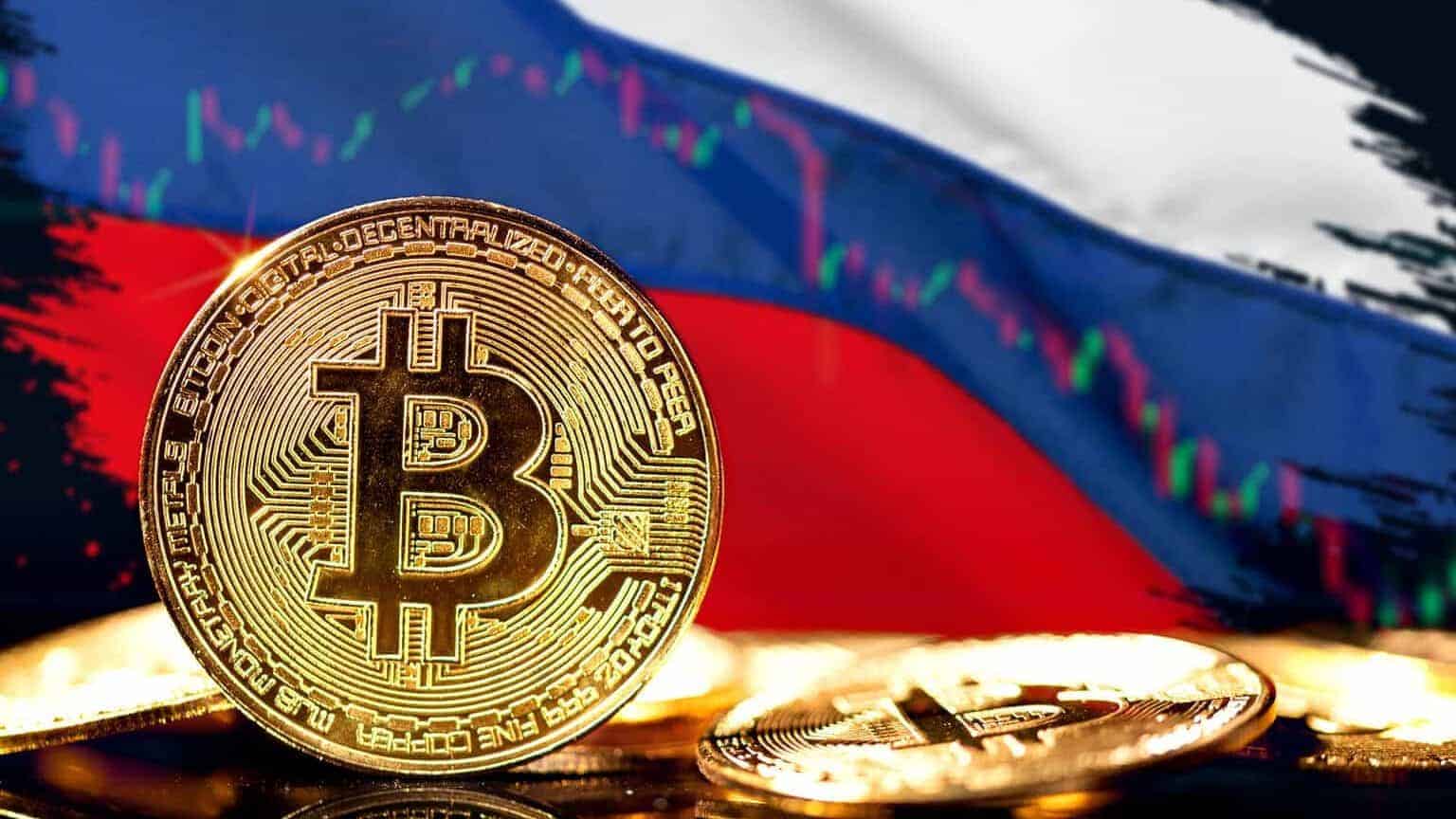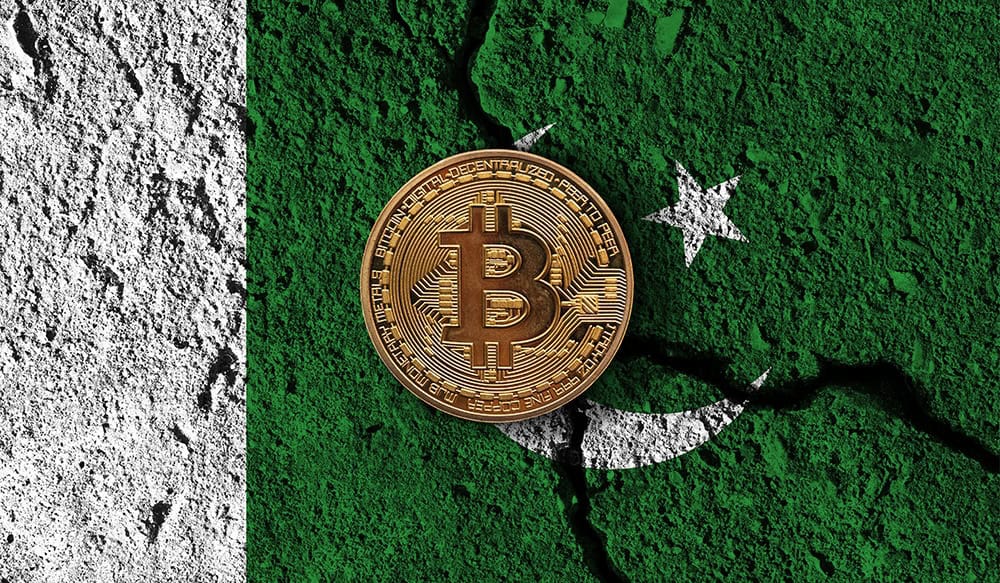This post is also available in:
![]() Português
Português
Global Crypto Adoption Index Overview
People worldwide are increasingly adopting cryptocurrency. Their motivation? Better access to financial services. They seek more control over their money. Plus, they’re exploring new investment avenues. It’s a more straightforward, affordable alternative to traditional banking, knocking down barriers like hefty fees and tedious paperwork.
In “The 2024 Geography of Crypto Report“, Chainalysis actively reveals the patterns of global grassroots adoption of cryptocurrencies. The report shifts focus from countries with high transaction volumes, often richer and bigger nations. It highlights areas where ordinary people use crypto extensively. This approach provides a clearer view of the worldwide crypto scene. It shows how digital currencies integrate into daily financial practices globally.
Interestingly, the region of “Central & Southern Asia and Oceania” stands out in the report, boasting 5 countries in the top 10 list.
Crypto Exchanges are key to this change. They simplify buying and selling cryptocurrencies. These platforms cater to various needs. Gradually, they’re becoming part of daily life.
Table of Contents (click to expand)
The 2024 Global Crypto Adoption Index further emphasizes this trend: in countries with unstable currencies, economic conditions, or restricted regulations, there’s a marked increase in grassroots crypto adoption. People turn to these digital assets as a safeguard against inflation and to mitigate the uncertainties prevalent in their markets. Check the top 10 out of the 151 countries:
1. India

India retains its top position in the 2024 Global Crypto Adoption Index, reflecting its sustained crypto adoption efforts. The country’s 30% capital gains tax and 1% TDS on all crypto transactions continue to challenge local exchanges. However, offshore platforms remain accessible: India’s Financial Intelligence Unit issued a December 2023 show-cause notice to nine exchanges, yet users sustained activity via pre-downloaded apps, and an Esya Center report found the block fleeting. Moreover, the recent lifting of Binance’s seven-month block following its registration signals growing regulatory clarity, which may further propel grassroots adoption in India.
2. Nigeria

Nigeria maintains its second place in the 2024 Global Crypto Adoption Index, reflecting its broad crypto engagement. Between July 2023 and June 2024, Nigeria received approximately $59 billion in crypto value. About 85 percent of transfers were under $1 million. Everyday tasks like bill payments, mobile top-ups, and retail purchases now run on crypto, according to Moyo Sodipo of Busha. Moreover, stablecoins account for roughly 40 percent of inflows, offering a hedge against naira volatility. They also cut $200 remittance costs by about 60 percent compared to fiat channels.
Additionally, DeFi usage has exploded, with Nigerians routing over $30 billion through decentralized protocols last year. Crucially, regulatory strides have materialized. In December 2023, the central bank lifted its banking ban. Then in June 2024, the SEC launched its Accelerated Regulation Incubation Program for VASPs. However, many financial institutions still await clearer guardrails before full market entry. Looking ahead, ongoing dialogue with regulators could unlock further TradFi engagement in Nigeria’s thriving crypto scene.
3. Indonesia

Indonesia climbs from 7th in 2023 to 3rd position in the 2024 Global Crypto Adoption Index, reflecting its surging market. Between July 2023 and June 2024, on-chain value reached roughly $157.1 billion, driven by professional trading flows. Over 43 percent of exchange value came from transfers of $10,000 to $1 million, signaling professional activity. Moreover, retail-sized flows ($1,000–$10,000) outpace all major markets, demonstrating broad grassroots engagement.
Indonesia’s Web3 scene also excels, with decentralized exchange and DeFi usage above regional and global averages. Speculative trading, fueled by meme coins and new full call auction rules, drives market intensity. Additionally, millennials and Gen Z comprise over half of investors, aided by university blockchain programs and a crypto degen community. As institutional interest grows, ongoing engagement with Bappebti and government initiatives should sustain momentum.
4. United States

The United States kept the 4th place in the 2024 Global Crypto Adoption Index. North America holds a big share of the global cryptocurrency market, receiving $1.3 trillion in on-chain value between July 2023 and June 2024. Over 70 percent of transfers exceeded $1 million, driven largely by U.S. institutional players. After the collapse of FTX and SVB, Bitcoin surged to a new all-time high of $73,000 in March 2024.
Furthermore, the introduction of spot Bitcoin ETPs in U.S. markets cemented the TradFi-crypto convergence. Legacy firms such as Goldman Sachs, Fidelity, and BlackRock have since taken significant positions in crypto. However, stablecoin activity on U.S.-regulated platforms stalled in 2024 as global demand outpaced domestic growth. Looking ahead, clearer rules on stablecoins and digital assets will be crucial to sustain the U.S. crypto market.
5. Vietnam

Vietnam remains in the top 10 of the 2024 GCA Index, reflecting its sustained momentum. It ranks third in both centralized service value and retail exchange inflows, while its DeFi and retail DeFi standings sit at sixth and fifth, respectively. Between July 2023 and June 2024, Vietnam helped drive over $750 billion in regional crypto asset inflows. Professional-sized transfers above $10 000 continue to power centralized exchange volume, alongside deep retail activity in smaller transactions.
Meanwhile, growing DeFi engagement highlights rising interest in decentralized protocols, even as liquidity and interoperability hurdles persist. The State Bank of Vietnam’s blockchain payment pilot and ongoing regulator-industry discussions promise clearer guidelines, which could unlock deeper institutional participation and further grassroots adoption.
6. Ukraine

Between July 2023 and June 2024, Ukraine received $106.1 billion in crypto inflows amid war and sanctions. Institutional and professional transfers drove most of this growth as investors sought stability. Meanwhile, Bitcoin purchases in hryvnia reached $882.6 million, highlighting demand for a reliable store of value.
DeFi activity also soared, with DEX inflows hitting $34.9 billion and large institutional transactions up over 361 percent. Additionally, retail DeFi transfers below $10,000 rose by more than 82 percent. Regulatory clarity looms as Ukraine moves toward aligning with the EU’s MiCA framework. The Deputy Minister sees well-crafted legislation as key to unlocking tax revenue, attracting talent, and boosting credibility. Platforms like WhiteBIT sustain regional operations, underlining ongoing grassroots momentum.
7. Russia

Russia enters the top 10 in 2024 after placing 13th in 2023. Between July 2023 and June 2024, Russians sent and received about $182 billion in crypto. Big investors and the fast-growing decentralized finance (DeFi) space powered much of this. Trading on DeFi platforms reached $58 billion, nearly three times the level of last year. In early 2024, Moscow legalized cryptocurrency mining and began testing its use for everyday payments. International sanctions continue to shape the market, but users and businesses persist in finding workarounds.
On the ground, peer-to-peer trading, where people swap crypto directly, jumped over 150 percent, highlighting grassroots demand for stablecoin hedges against ruble volatility. Many use stablecoins to shield themselves from the fluctuations of the ruble. Today, stablecoins account for approximately a quarter of all cryptocurrency transactions entering and exiting Russia, with USDT leading the way. Cheap power in Siberia has fueled a mining boom, as operators establish large-scale farms there. Looking ahead, the Central Bank’s digital ruble pilot, slated for late 2024, could formalize crypto payments and attract institutional players.
8. Philippines

Philippines saw about $40 billion flow through crypto networks from July 2023 to June 2024. Many Filipinos now use crypto for remittances and daily bills. In 2024, the SEC introduced clear licensing rules for exchanges, and the Finance Department committed to global tax-reporting standards by 2028. International bodies like the FATF and the European Commission lifted extra monitoring, showing confidence in the country’s progress. These moves should boost public trust and invite more businesses into the market.
9. Pakistan

In Pakistan, centralized exchanges handled a volume that outpaces several larger markets, though decentralized finance remains less developed. Many people turn to crypto to protect their savings from sudden currency swings. If regulators provide clearer guidelines and upgrade infrastructure, DeFi usage could rise, drawing new participants. Industry and regulators are discussing sandbox programs to safely test fresh crypto services and innovations.
10. Brazil

Brazil recorded nearly $90 billion in crypto activity between July 2023 and June 2024, cementing its lead in Latin America. Stablecoins have surged as a hedge against real-world volatility, while banks and fintech firms have rolled out more crypto-related offerings. The central bank’s digital real pilot moved ahead, and ongoing talks between officials and industry leaders aim to shape smoother rules. These efforts could make crypto easier to use for millions of Brazilians.
Across Latin America, Brazil leads in overall volume and user adoption. Argentina follows with strong peer-to-peer markets, while Mexico shows rapid gains in retail trading. Meanwhile, Venezuela remains a haven for cryptocurrencies, as citizens seek protection from inflation and currency controls. Together, these four nations drive the region’s crypto growth, each playing a unique role in adoption.
FAQ
FINAL THOUGHTS
The 2024 Global Crypto Adoption Index shows that more people across different countries are using cryptocurrencies for better financial control and new investment opportunities. This trend is notable in Central & Southern Asia and Oceania, where six countries are leading in everyday crypto usage. India and Nigeria are big players in this field, with India’s growth driven by common people and Nigeria’s by economic challenges. Similarly, Vietnam and the US show promising growth in crypto usage, although the US faces some regulatory hurdles.
On the other hand, countries like Ukraine, the Philippines, Indonesia, Pakistan, and Brazil, show how crypto is becoming popular in different economic situations. For instance, in Pakistan, people use crypto to protect their savings during tough times, while in the Philippines and Thailand, there are efforts to grow the crypto scene with the help of government and businesses. These examples from around the world show that cryptocurrencies are slowly becoming a part of people’s daily financial lives, providing new solutions to old problems.



Usually I do not read article on blogs however I would like to say that this writeup very compelled me to take a look at and do so Your writing taste has been amazed me Thanks quite nice post
Hello Leatha, We appreciate that you liked the post. We have every month new posts like this that you can also enjoy the reading and learn. You can subscribe to our newsletter and receive them first. You can also navigate our website and discover many other posts that you can like. Thanks for reading it.